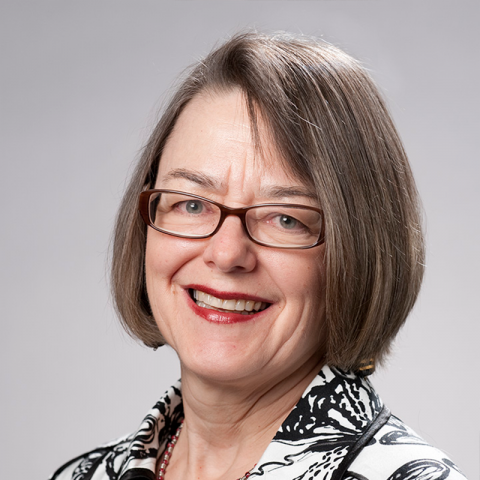Nurses Can Bridge the Divide between the Clinic and the Policymaker
Merging technology, clinical expertise, and politics can change public health and Pamela McQuide can show you how to do it.


Pamela McQuide, PhD, RN, is the former global human resources for health technical advisor at IntraHealth International.
She has over 20 years of international experience in the field of global health. She brings extensive expertise in human resource planning and management, health workforce data generation and use, human resource information systems (HRIS), health policy, and health services research. In her recent role as IntraHealth’s country director for Namibia, McQuide oversaw management of the USAID Technical Assistance Project, including assisting faith-based organizations to strengthen their organizational capacity and make data-driven decisions. She led the national effort to apply Workload Indicators of Staffing Needs (WISN) to assess staff requirements at all Namibian public sector facilities and worked with the Ministry of Health and Social Services on human resources management strategies to ensure equitable access to quality services.
Merging technology, clinical expertise, and politics can change public health and Pamela McQuide can show you how to do it.
Better health workforce data can help.
This report offers insights for how low- and middle-income countries can use human resources information systems (HRIS) to better design, plan, and manage their health workforces during and beyond the...
A user guide for predicting COVID-19 health workforce staffing needs.
This report describes the findings of a Workload Indicators of Staffing Need (WISN) exercise in Namibia.
As part of ongoing efforts to restructure the health sector and improve health care quality, the Ministry of Health and Social Services (MoHSS) in Namibia sought to update staffing norms for health...
This Technical Brief provides a rapid review of different health workforce projection approaches with a list of references for more information.